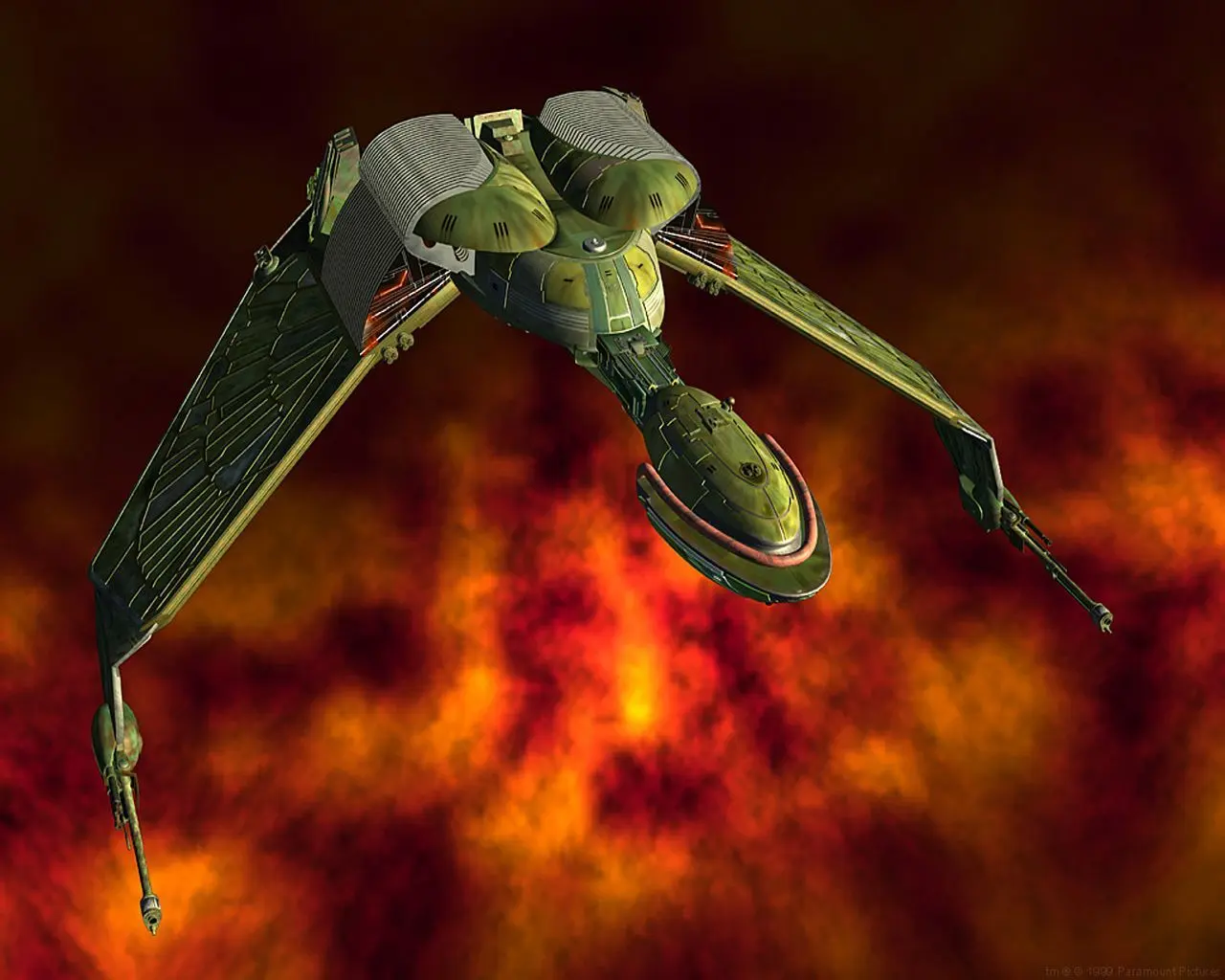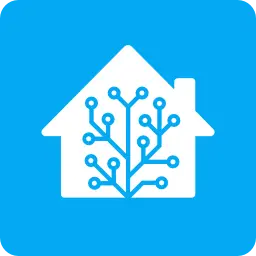On Amzn, there are nicely framed, wall-mounted control panels for proprietary home automation systems. What are people using for HA? I’m leaning toward trying to wall mount tablets, but I’d need 3, and cost starts to factor in. Mounts are a problem; I want it to look as built in as possible, but most mounts aren’t picture-frame style. The ones that I’ve found that are, are designed for specific tablets, and not the low end cheap ones. I don’t have a 3D printer, so I’m limited to mounts I can buy.
I like some projects here I’ve seen using eInk - that’s the ideal solution! Is there a source for pre-fab Android eInk wall mounted control panels, or are what I’ve seen bespoke projects?
I’m not opposed to gross wiring, and am not afraid of cutting holes in dry-wall… it’s really the mounting that I’m stuck at. Android 7-10" tablets sufficient to run the UI would probably work, and I can probably even figure out wiring the charger, if I could just get some nice picture-frame style mounts.
What are your solutions that you think is pretty neat? Or products that I may have missed?


The way I use them is to reflash the firmware with ESPHome, at which point they have nothing to do with Sonoff. I got really into these things when they came out and made a video about the process: https://youtu.be/Kdf6W_Ied4o?si=4nh7kP28IglwVHBx. There are a bunch of different ways to use them including retaining the original software, but I kind of stopped paying attention when I got mine working.
It’s worth noting that they have two different products. The “NSPanel Pro” is completely different, I think it runs Android. I haven’t played with that at all.
What a great video! I’m going to try it.
In your video, you mention the horrible Nextion Editor. That was a year and a half ago - have you tried GUIslice? I’m utterly unfamiliar with every component of this, but it seems to write the same TFT display driver needed by that hardware.
What I loved the most: when checking out the product on Amazon after watching your video (on NewPiped and over VPN, so low chance of tracking), was this beautiful recommendation:
I guess a lot of people are using it with non-SONOFF software. It absolutely restores my faith in humanity.
I haven’t seen that software, but it doesn’t look like it can be used with Nextion screens, which are totally proprietary.
Isn’t the Nextion an ESP32 display? The list of devices in the readme doesn’t mention Nextion.
Well, I’ll let you know how it goes. I don’t have access to a Windows computer, and I haven’t had a need to install Wine in over a decade, but that’s what I’ll have to resort to if Nextion is mandatory. I came across a post where Nextion outright said they’d given up on a cross-platform solution.
It’s a little confusing. Nextion makes “HMI displays”. It’s an integrated module that runs its own software, draws the UI, processes events, etc. It’s a black box that just reports back to the processor “button 3 on page 1 has been pressed”. You design the interface with that ugly Windows app and upload it to the display, but there is no direct access to the screen.
To make use of the Nextion display, you need something connected to it, and that’s where the ESP32 comes in. It receives those “button 3 pressed” events and handles them, but crucially, it does not have raw access to the screen, so you can’t just draw your own widgets on it like you’d be able to do on an ordinary display.
There are other projects to build your own controller with a touch screen and a microcontroller; the appeal of the NSPanel is that it’s basically an ESP32 and a Nextion display conveniently prebuilt, has decent hardware and aesthetics, and it isn’t hard to reflash it with ESPHome. Replacing the Sonoff firmware on the ESP32 doesn’t change the limitations of the Nextion display.
Yeah, there’s obviously a learning curve here in store for me. Thank you for explaining it - that makes sense.
It means, though, that I’m stuck trying to get this thing running under Wine, which I read is possible. The post I found says you can even forward the serial port for flashing.
They’re such attractive devices, with nice form factors, it may be worth the effort. Funnily, the flashing doesn’t throw me off as much as running that editor.
Anyhoo, thanks again.